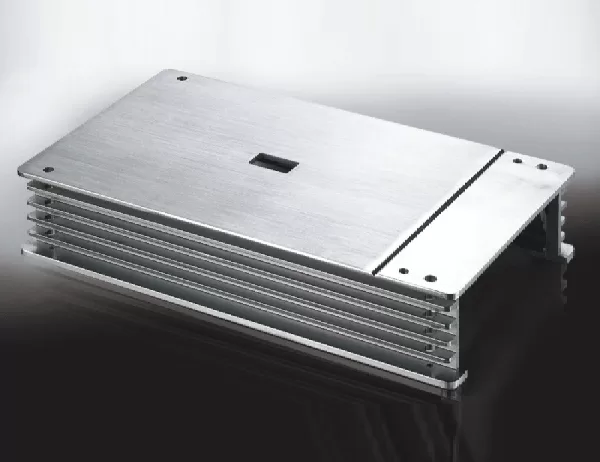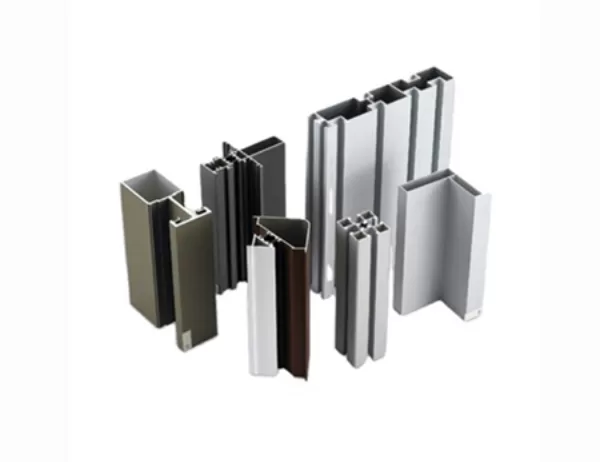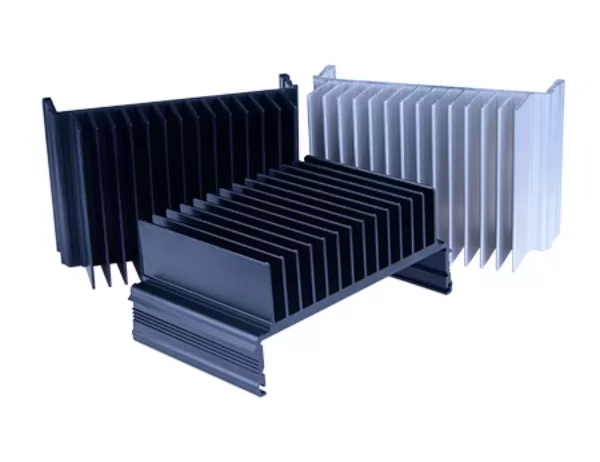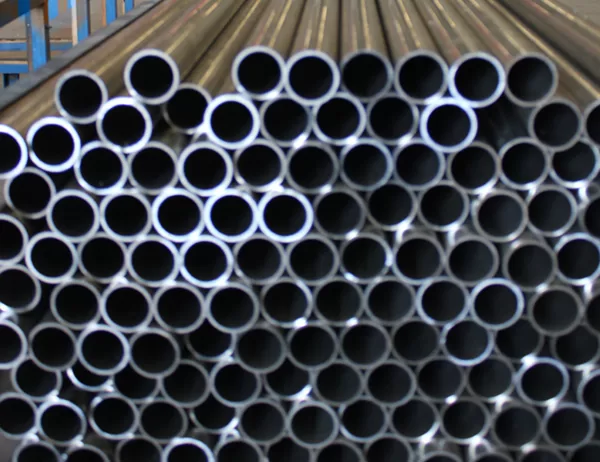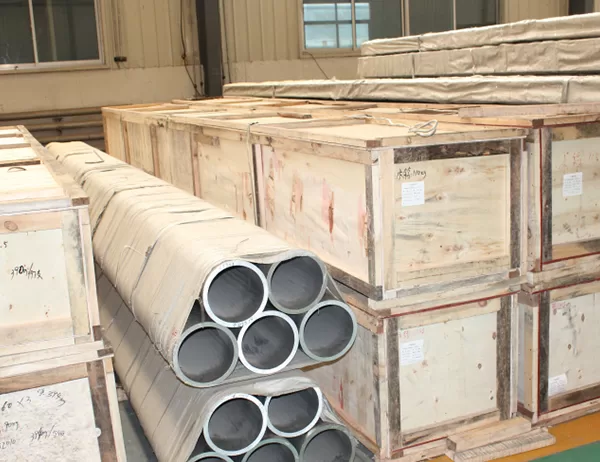Aluminum profiles are becoming increasingly popular in furniture design due to their versatility, durability, and aesthetic appeal. Their unique properties make them ideal for a wide range of applications, from lightweight chairs to robust outdoor furniture. This article explores the future of aluminum profiles in furniture, highlighting key trends and innovations that are shaping the industry.
One of the primary advantages of aluminum profiles is their exceptional strength and durability. They are resistant to corrosion, scratches, and dents, making them ideal for furniture exposed to heavy use or outdoor conditions. The lightweight nature of aluminum makes it easy to manipulate and transport, allowing for the creation of large and complex furniture pieces without compromising structural integrity.
Aluminum is a highly sustainable material, with a high recycling rate and low carbon footprint. Its durability ensures that furniture made from aluminum profiles has a long lifespan, reducing the need for frequent replacements. Additionally, the use of aluminum profiles can contribute to a circular economy, where materials are recovered and reused at the end of their useful life.
Aluminum profiles are incredibly versatile and can be customized to meet specific design requirements. They are available in a variety of shapes, sizes, and finishes, allowing designers to create furniture that is both functional and visually appealing. Whether it’s a contemporary office chair, a traditional dining table, or an outdoor lounge set, aluminum profiles can be shaped and formed to suit any style or application.
The integration of smart technology into furniture is becoming increasingly prevalent, and aluminum profiles play a crucial role in this development. The ability to embed sensors, actuators, and other electronic components within aluminum profiles allows for the creation of furniture that is not only comfortable and stylish but also functional and interactive. Lighting, charging stations, and even heating and cooling features can be seamlessly incorporated, enhancing the overall user experience.
Aluminum profiles can be easily integrated with other materials, such as wood, glass, fabric, and plastic. This allows designers to create furniture that combines the strength and durability of aluminum with the aesthetics and warmth of natural materials. By blending different materials, it is possible to achieve unique and visually striking designs that cater to a range of tastes and preferences.
The future of aluminum profiles in furniture is bright, with continued innovation and advancements driving the industry forward. Their exceptional strength, durability, sustainability, versatility, and ability to integrate with smart technology make them the material of choice for a wide variety of furniture applications. As designers and manufacturers embrace the potential of aluminum profiles, we can expect to see even more innovative and captivating furniture creations in the years to come.
